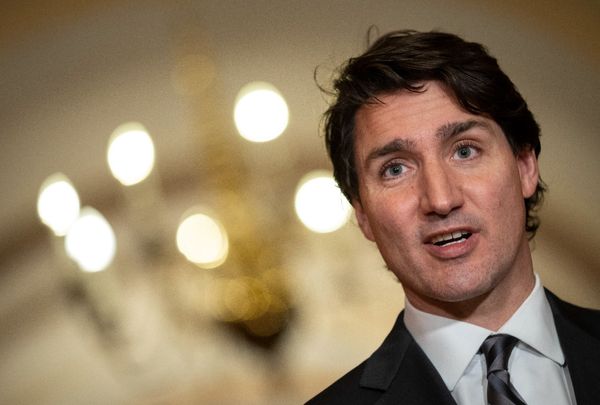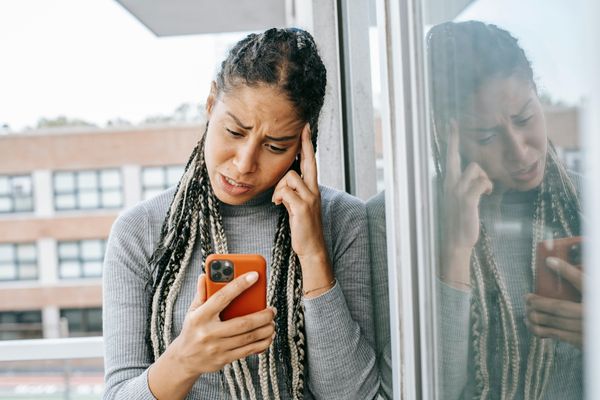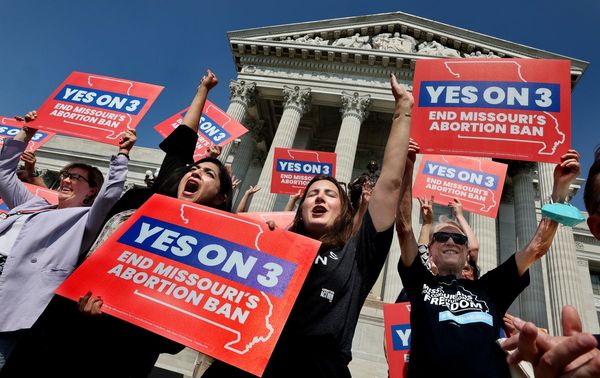Just as a seed can grow into a mighty tree, the germ of a good organizational idea can help Chicago’s tree cover branch out into a more magnificent canopy.
Chicago’s new Urban Forest Advisory Board has recommended doing away with a policy dating back to the 1990s that gives City Council members the authority to have up to 20 healthy, mature trees cut down each year. Mayor Brandon Johnson should give the idea his full backing.
Twenty trees might not sound like much, but multiply that by 50 alderpersons year after year and take into account the many years it takes for a tree to grow to its full size — and all that wanton tree cutting has a big — and negative — impact on the city.
Former Mayor Richard M. Daley drew up the policy as a way to stop the unfettered Wild West felling of trees each year, capping the number of hewn healthy trees at 20 per ward per year. But now it’s time for a new standard: Healthy, full-grown trees should not be chopped down without good reason.
The intention of the new recommendation is not to take away the prerogative to remove a tree, but rather that trees targeted for removal should meet certain requirements approved by the Department of Streets and Sanitation’s Bureau of Forestry, just as the bureau does for those that are identified as unhealthy, unstable or dead.
Trees are at the root of much that is good for a city. They lower ambient air temperatures and cool what otherwise would be heat islands. They filter the air, the importance of which was made clear this summer as smoke from Canadian wildfires drove Chicago’s air quality into the unhealthy and even dangerous ranges. By removing pollutants, trees make it easier to breathe, and the carbon dioxide they inhale does not go into the upper atmosphere to act as a greenhouse gas. At a time when storms are expected to keep getting stronger, trees reduce flooding by sucking up water. They also provide habitat for native and migrating wildlife.
And when did you last hear someone wax poetically about a hot summer neighborhood street that has no trees?
Some people don’t like trees because they worry about falling branches, they don’t want to rake leaves or they have leaking water pipes that attract roots. Or they just don’t want the trees around, perhaps muttering, “Curses, foliage again,” even though the trees are on public property and are part of a municipal treasure that belongs to everyone.
Until now, all it’s taken to get rid of even a majestic tree is a call to an alderperson, and the tree disappears, especially around election time.
Besides reining in aldermanic prerogative, the city should continue to focus on education. So-called tree ambassadors assist residents in having trees trimmed or removed if they are diseased or dead.
Climate change is expected to make Chicago hotter. Trees will become increasingly important. To achieve a healthy tree canopy that soars above our neighborhoods, mature trees must be protected even as new ones are planted.
Chicago lost its standing from a century ago as a home to an iconic and widely admired urban forest, as more trees were cut down year after year than were planted. By 2020, the canopy covered just 19% of the city’s land.
The city in future decades may lure people migrating from states with unhealthful or dwindling water supplies, rising seas, heavy flooding, powerful storms, wildfires or excessive heat. Chicago should welcome them with a resplendent urban forest.
The Sun-Times welcomes letters to the editor and op-eds. See our guidelines.
Send letters to letters@suntimes.com.







